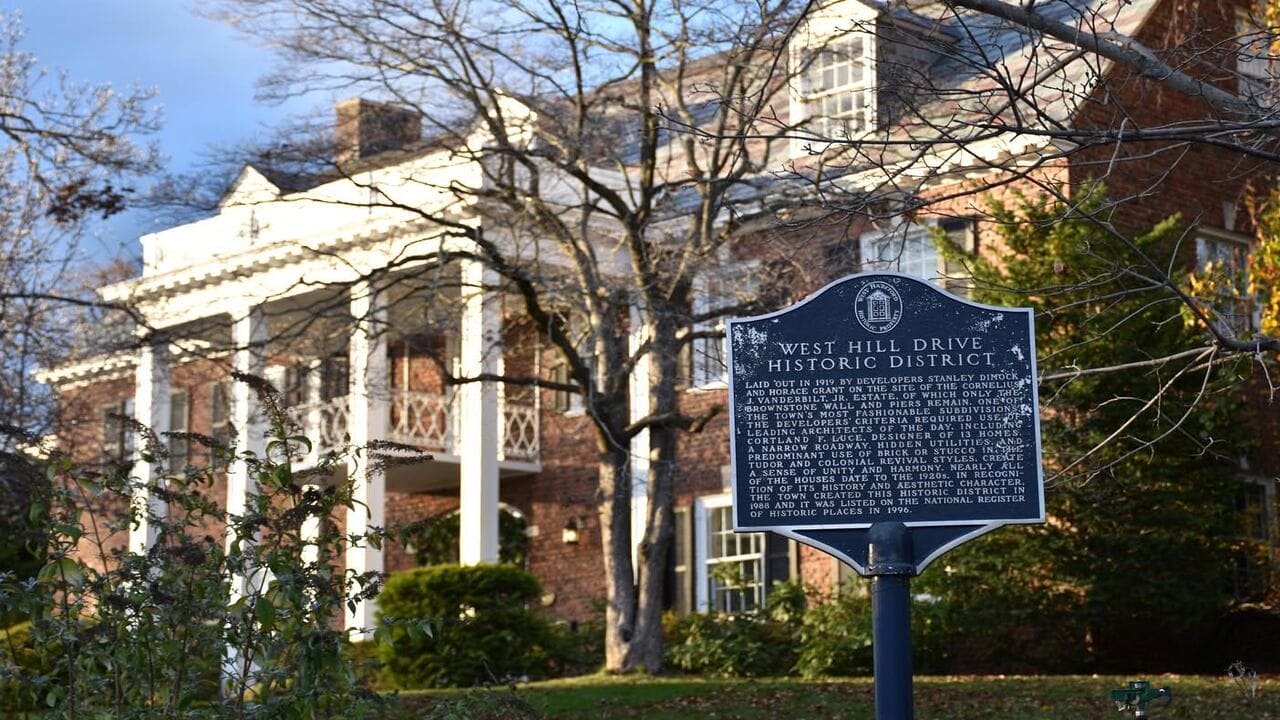
Meet Muscatine – West Hill Historic District stands as a vivid testament to American architectural evolution. This serene neighborhood, listed on the National Register of Historic Places, invites visitors and history enthusiasts alike to stroll through a timeline of 19th and early 20th-century design.
Unlike modern developments where uniformity reigns, West Hill Historic District is a vibrant mosaic of artistic expression and cultural ambition. Its charming, tree-lined streets are punctuated with elaborate homes that showcase an array of architectural styles, most notably the ornate flourishes of Queen Anne and the stately dignity of Greek Revival. These homes are more than buildings they’re historical narratives, carved in wood and stone.
The district reflects not only the architectural preferences of its time but also the aspirations and identities of the community’s earliest settlers. Walking through West Hill offers a glimpse into the way people lived over a hundred years ago: with pride in craftsmanship, attention to detail, and a deep connection to the artistic currents of the era.
Perhaps the most striking element of West Hill is the seamless coexistence of various architectural styles. The Queen Anne homes, with their asymmetrical facades, steep gabled roofs, and ornamental turrets, seem almost whimsical in design. Their exteriors often feature wraparound porches, decorative shingles, and leaded glass windows each element carefully crafted to make a distinct visual statement.
In contrast, the Greek Revival residences project an air of formality and structure. With their symmetrical layouts, columned porches, and heavy cornices, these buildings evoke the classical ideals of ancient Greece. They speak to an era where American society looked to democratic Athens as a model for its own burgeoning republic.
Other homes within the district represent the Italianate, Colonial Revival, and Craftsman movements each contributing to a rich and varied landscape. Yet, despite their differences, these houses collectively tell a unified story: one of community pride, economic optimism, and artistic integrity.
What’s particularly noteworthy is how well-preserved these structures remain. Thanks to diligent conservation efforts and a community that values its heritage, the district retains much of its original charm. Many homes have undergone sensitive restorations, ensuring they stay true to their historical roots while remaining functional for modern living.
Read More : Top Shopping Malls to Visit in 2025: Where Retail Innovation Meets Entertainment
Architecture alone doesn’t make a place historic it’s the lives lived within these walls that breathe soul into wood and brick. In its early days, West Hill was home to some of Muscatine’s most influential figures: business magnates, civic leaders, and creative minds whose legacies helped shape the town’s character.
These homes hosted grand dinner parties, local meetings, and family milestones. They stood as symbols of stability during turbulent times, including the Civil War and the Great Depression. Each property has a past filled with personal victories, struggles, and traditions that ripple through generations.
Visitors who take the time to explore West Hill often sense a subtle but profound connection to these stories. Whether it’s through interpretive signage, local walking tours, or simply observing the aging woodwork and original masonry, one can’t help but imagine the moments these homes have witnessed.
What sets West Hill apart from other historic districts is not just the quality of its buildings but the community’s ongoing commitment to preserving its past. Homeowners and local heritage organizations have banded together to maintain the district’s integrity, promoting sustainable renovation practices and architectural education.
Muscatine’s preservationists understand that history is a living, breathing entity. Their efforts go beyond aesthetics—they see the district as a cultural asset that enriches the city’s identity. Events such as historical open houses and neighborhood festivals provide an avenue for the public to engage with the area’s legacy in interactive and educational ways.
This proactive approach has also had tangible economic benefits. Studies have shown that property values in well-preserved historic districts tend to outperform those in less distinctive areas. Additionally, cultural tourism has brought renewed interest to Muscatine, with visitors drawn by the promise of authentic heritage experiences.
Read More : Great River Roads and Rolling Hills: Exploring the Beauty Surrounding Muscatine
A visit to West Hill Historic District often serves as the perfect starting point for a broader exploration of Muscatine’s cultural offerings. Just a short walk or drive away lies the Muscatine Downtown Historic District, known for its eclectic boutiques, riverfront views, and delightful eateries.
Tourists can extend their journey into the past with a stop at the National Pearl Button Museum, which chronicles Muscatine’s surprising status as the once-global hub for pearl button production. For those seeking artistic inspiration, the Muscatine Art Center provides a curated collection of fine and decorative arts, housed in a mansion that’s a work of art in itself.
Nature lovers will appreciate the proximity to Riverside Park and the Running River Trail System, where the Mississippi River becomes a breathtaking backdrop for walking, biking, or simply watching the boats pass by. These attractions complement the charm of West Hill, offering visitors a well-rounded glimpse into what makes Muscatine truly special.